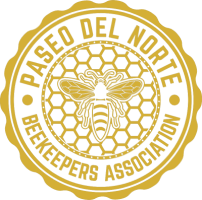Queen Bee Marking
Generally, queens are marked before being introduced into a colony. In fact, they may be purchased already marked by the queen producer. However, queens can be marked at any time. Just be sure to give the paint ample time to dry before releasing the queen back into the colony.
Queen Marking
Some beekeepers also clip the tip of one forewing. If queens are replaced every two years, the beekeeper might clip the left wing on queens introduced in odd years and the right wing on queens introduced in even years. This clipping practice can serve as a supplement to the paint spot technique, acting as a backup should the queen lose her paint mark. If clipped properly, the queen will be unable to fly, which can help prevent swarming. However, if clipped too closely, the queen may appear damaged and risk being superseded.
Methods
When marking a queen in the apiary, beginner beekeepers, or those uncomfortable with picking up the queen by her thorax, should use a queen catcher—either a clip or a one-handed queen catcher and marker—to avoid injuring her. This video demonstrates the process.
Once you feel comfortable handling the queen, this video by Paul Kelly from the University of Guelph demonstrates more advanced techniques.
Clipping the wing (left wing on odd years) is recommended to prevent swarming. However, it is important to only clip the tip; if too much is clipped, the colony may supersede her.
Practice on drones to improve your skills and comfort level.

